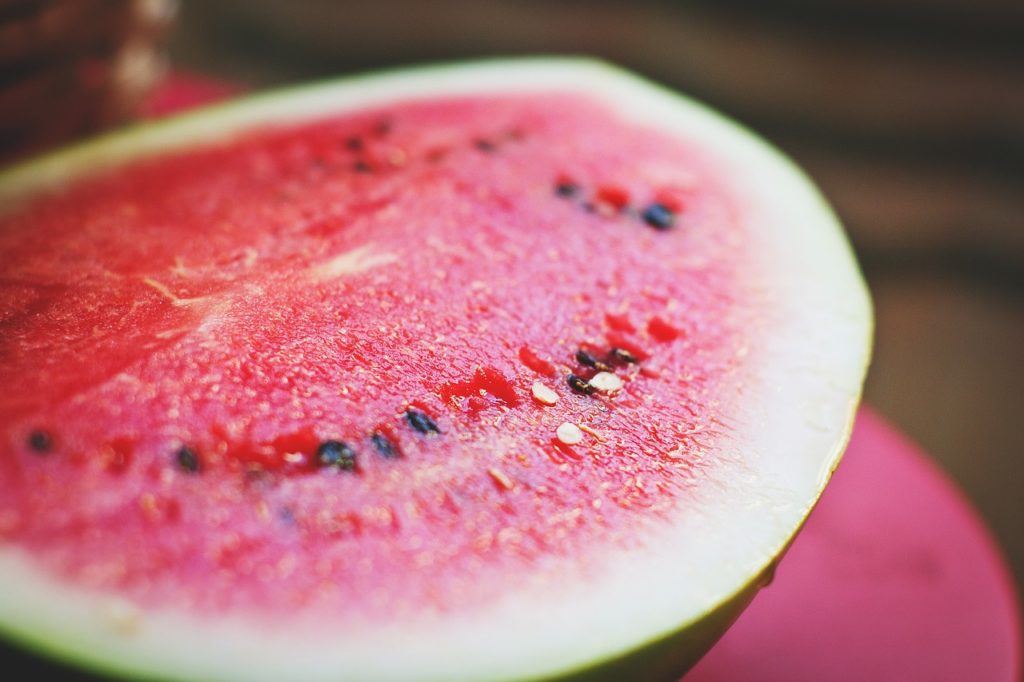I’ll forever remember the first time I tasted a melon from California. I was visiting a big organic farm in a hot valley somewhere near Santa Cruz, and I almost declined the offer to try a slice (melons had never been my favorite). But it was hot out, so I obliged, and with one bite my view on melons was forever changed. Gone were the days of semi-sweet, forever-hard (or worse yet, forever-mushy) melons sold at supermarkets on the east coast. I had never thought about growing melons myself before, but when grown in the right climate and harvested at their peak, melons are absolutely spectacular.
They’re Good For You

Melons across the board are high in essential vitamins and minerals. Just one cup of honeydew melon has about 30mg of Vitamin C, and a cup of cantaloupe contains 65mg. That’s almost the adult daily recommended amount of 90mg. And then there’s Vitamin A, abundant in all melons but cantaloupe in particular. Lastly, of note, melons are high in both lycopene and potassium. People often associate lycopene with tomatoes, but a serving of watermelon actually contains way more lycopene than a serving of tomatoes!
They’re Easy To Grow At Home
 Melons (along with other members of the cucurbit family, such as cucumbers and squash) don’t appreciate you messing with their roots, making them a good candidate for direct, in-ground seed sowing. You can begin as early as mid-May. You’ll want to find the sunniest spot in your garden and space plants about 2 feet apart.
Melons (along with other members of the cucurbit family, such as cucumbers and squash) don’t appreciate you messing with their roots, making them a good candidate for direct, in-ground seed sowing. You can begin as early as mid-May. You’ll want to find the sunniest spot in your garden and space plants about 2 feet apart.
Some gardeners transplant melon to either get a jump start on the season or to avoid weed and pest infestations. You can certainly go this route, but just be sure to get your transplants out of their pots before they become root-bound, and try to disturb the roots as little as possible.
Watering And Feeding

Make sure that you add plenty of compost and/or manure to your soil before planting your melons. In addition to feeding the plants, the presence of organic matter will help your soil hold more water for your thirsty crops to soak up. Water them deeply and often – these plants will be thirsty and you don’t want to let them get stressed out.
Learn To Love Powdery Mildew
 While many of us in California have enough heat to grow great melons, the prevalent fog around much of the Bay Area means that our melon plants are bound to get some powdery mildew, especially towards the end of the season. That’s ok! My main strategies are prevention and delay of infection. Keep the leaves as dry as possible, encourage air flow by spacing plants appropriately, and remove affected leaves as soon as you see any mildew appear. With these foggy mornings, we’ve found that it’s not a question of if the mildew will appear on our cucurbits, but when. I’ve saved myself a lot of stress using that mindset. Follow these steps and even if mildew sets in, you’ll get some good fruiting before it takes over completely.
While many of us in California have enough heat to grow great melons, the prevalent fog around much of the Bay Area means that our melon plants are bound to get some powdery mildew, especially towards the end of the season. That’s ok! My main strategies are prevention and delay of infection. Keep the leaves as dry as possible, encourage air flow by spacing plants appropriately, and remove affected leaves as soon as you see any mildew appear. With these foggy mornings, we’ve found that it’s not a question of if the mildew will appear on our cucurbits, but when. I’ve saved myself a lot of stress using that mindset. Follow these steps and even if mildew sets in, you’ll get some good fruiting before it takes over completely.
So go for it! Plant some melons in your garden this year and taste the sweet fruit of your labor. I promise they will be leaps and bounds beyond the store bought melons of your past


 Family
Family

